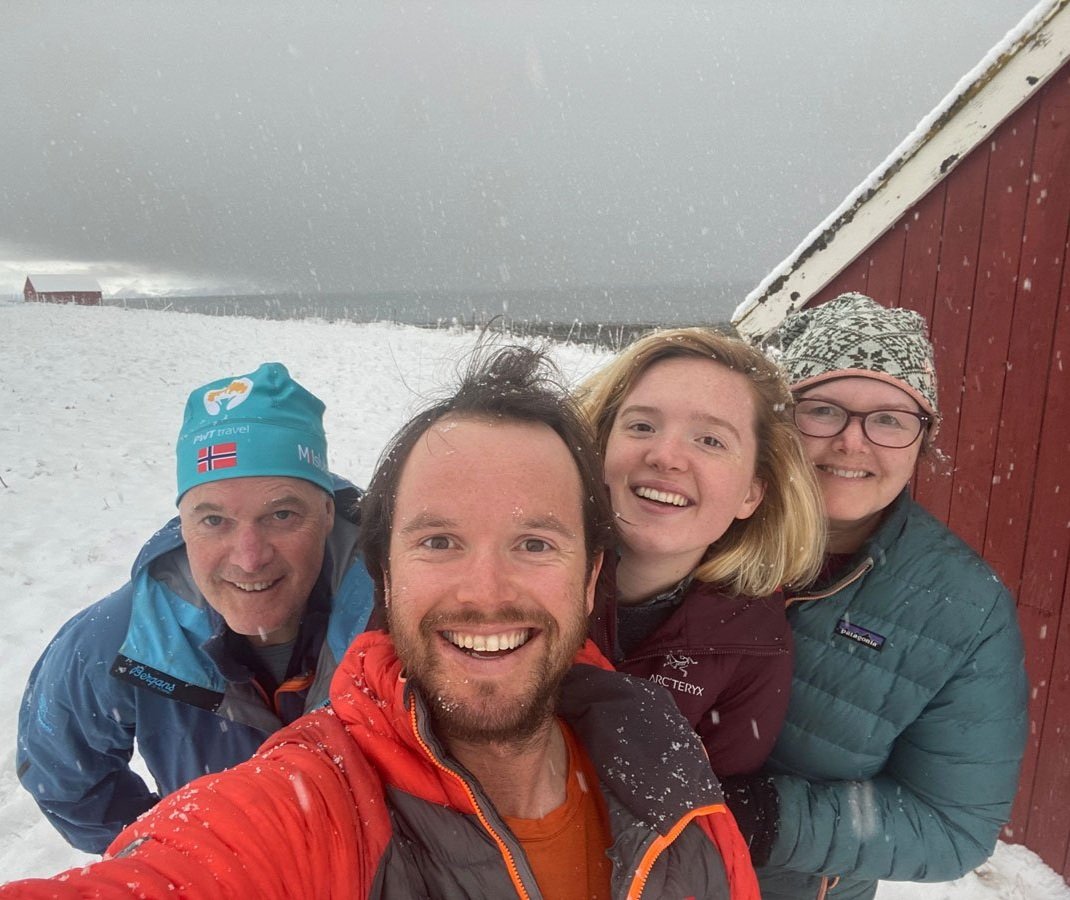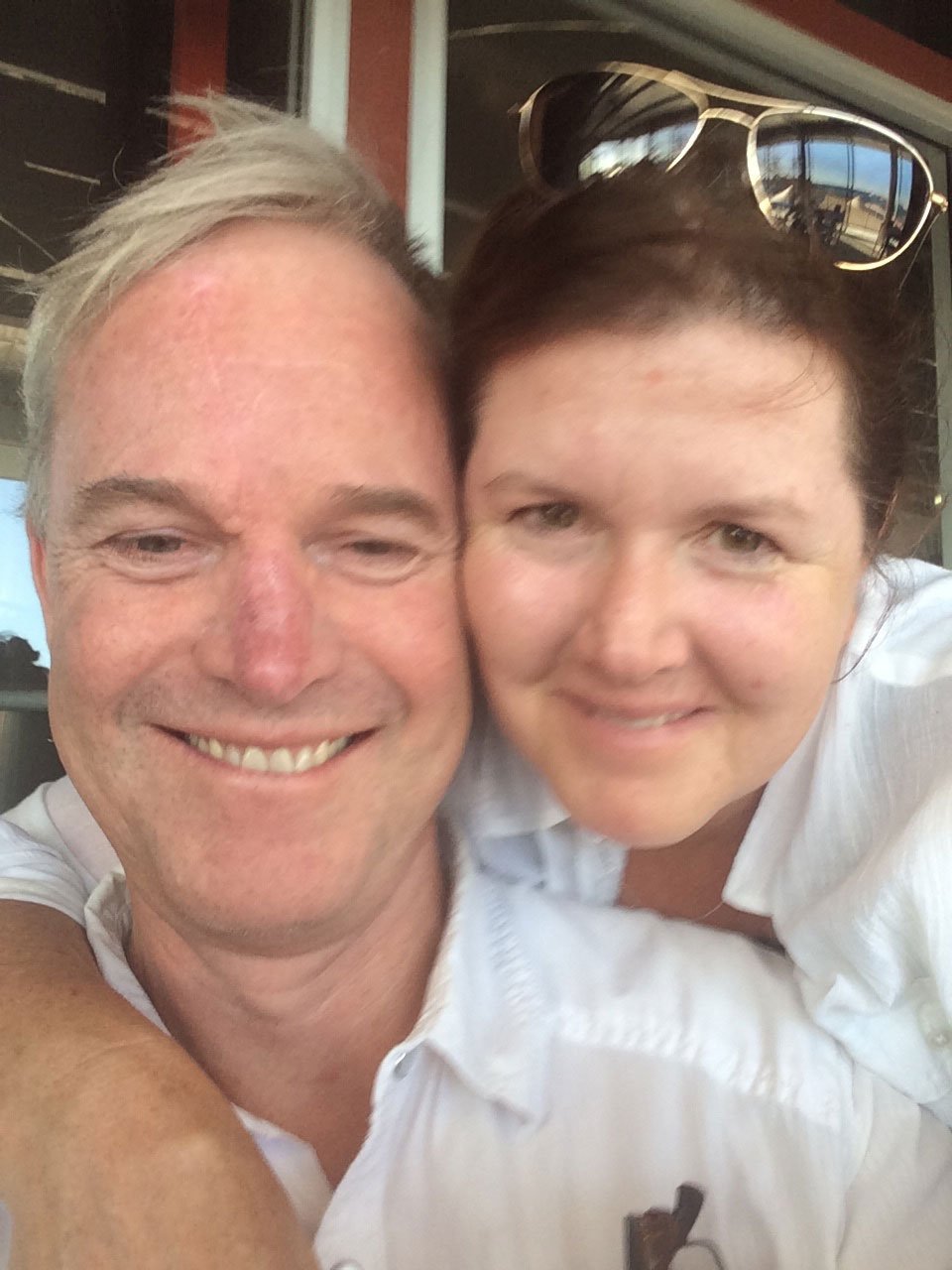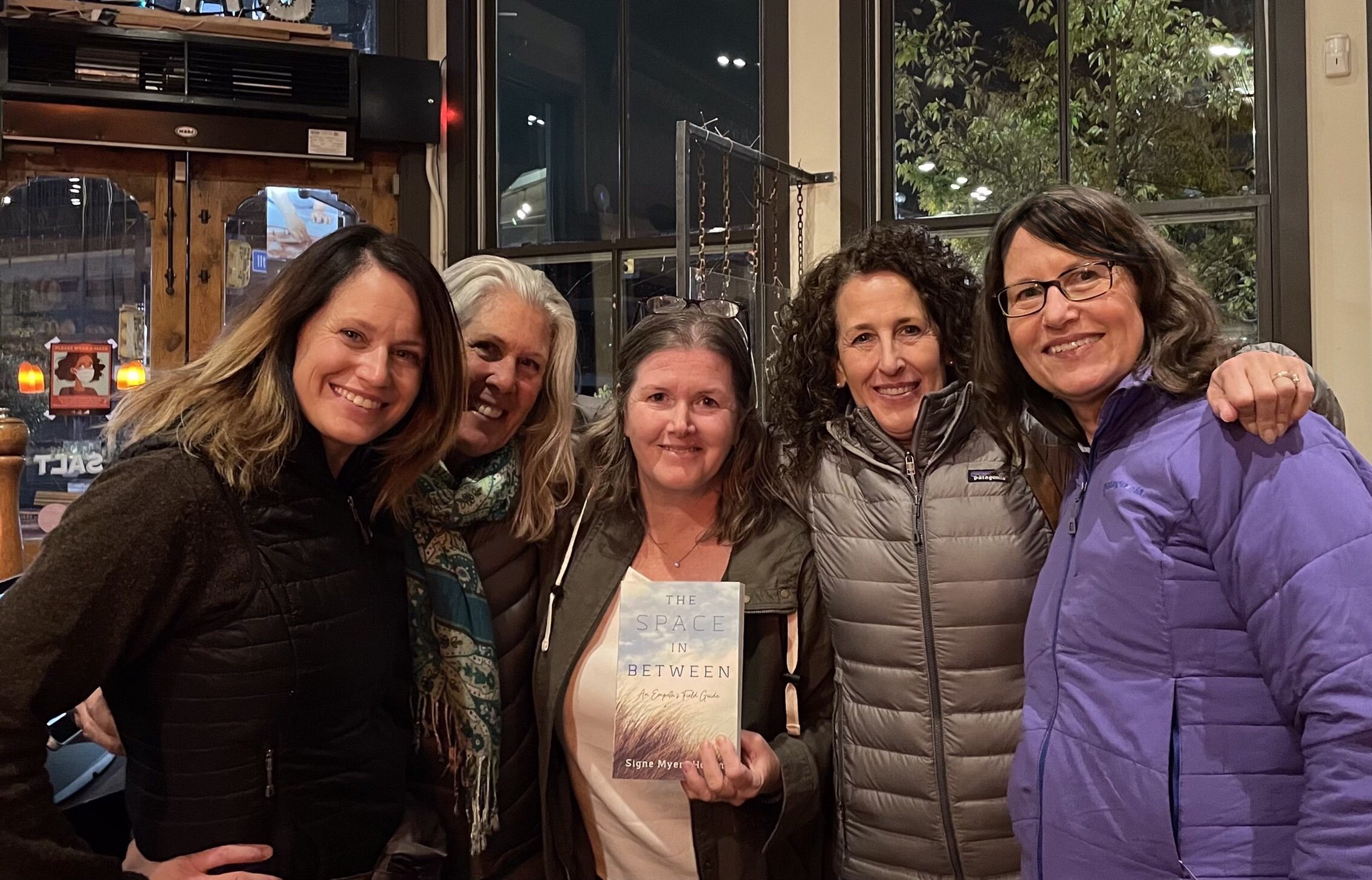
Signe Myers Hovem
SPIRITUAL COUNSELOR • ITA ENERGY PRACTITIONER • AUTHOR
I am an ordained Spiritual Counselor through the AIWP (Association for the Integration of the Whole Person), having completed a three-year training program from Inward Resource Center of AIWP, in Houston, Texas. During the years 2003–2009, I founded and operated Sacred Solutions, a Houston-based spiritual counseling service located at The Spectrum Center, Houston, Texas. My private and group practice united my two passions of writing and the healing art of self-awareness.
While living in Perth, Australia (2015–2018), I continued my studies in consciousness and energetic therapies at the Melaney Ryan Institute of Applied Consciousness (MRIAC). These studies advanced my understanding of the human energy systems related to integrating non-duality consciousness. I am qualified in ITA Energy Medicine Tiers 1 and 2 and hold full practicing membership with ITAEMA Association.

Some Things about Me
I am an attentive listener but what I’m hearing and sensing is usually what is not being said.
I liken Life to a river—it has changing terrain, varying currents, and helps sustain life that is living adjacent to the shore and within its waters. Debris, pollutants, and drought can impact the health of the riverway, just as lifestyle and limiting belief systems can impact self-image and the flow of our life.
To maneuver confidently on a river, you need a reliable boat, a level-headed and intuitive captain who can maintain balance, and a detectable current. With experience and observational skills, you can learn to read a river to see what lies ahead by the way the water is behaving. Patterns on the surface will reveal what may be underneath that you cannot see, providing you with information to choose a different course, if needed.
My services are aligned to support you as you take authority and navigate your life.
Other Items of Interest
-
Breath work: If I could only give one tip for improving the quality of a person’s life, it would be to focus on your breathing.
In June 2020 I became a certified YOGABODY Breathing Coach, from Yoga Body Teachers College. Look under the RESOURCES section, in Meditations, to begin a daily practice of focusing on your breath. Your breathing patterns directly influences your nervous system and supports your body’s own resilience at self-regulating your inner well-being.
If I could only suggest one book that could alter the way you regard your breathing, it would be BREATH: The New Science of a Lost ART by James Nestor.Customized meditations: Book an appointment and after hearing what are specific concerns and patterns you are working on changing, I create a customized 15-minute meditation to listen to when needed.
-
Creative expression that flows
A chorus of laughter that delights the heart and mind
Humor that is intelligent and kind.
Live music events. (Red Rocks concerts.)
Lingering mealtimes with family and friends, playful banter.
Fragrant flowers, herbs, crisp air after a rain shower
-
Born and raised in Colorado and I will always have an inner pull towards certain Rocky Mountain views and landscapes that are unique to my childhood. But I have created many homes in many places. Each one memorable for the location, the music, and the people. Home, indeed, is in your heart and feet.
-
I admit that when I go for a hike or walk, I’d rather not encounter too many other people. I love nature—which feels so understated and inadequate as a statement and highlights the limitations of language. Perhaps that is why I like to have my own space in nature, so I can experience it without words and to let it be a purely sensory experience.
-
I like to follow artists and ceramists. I love to look at textures and colors.
I love to follow photographers, particularly National Geographic photographers, and images posted by NASA. I also tend to follow a lot of professional mountaineers/photographers, such as Jimmy Chin.
-
The aesthetics of authenticity: beauty, truth, and balance.
Witnessing someone embody their greatness, unabashedly.
The cosmos and the night sky.
Kind deeds and generous natures
My golf game

“A shepherd on a hilltop who looks at a mess of stars and thinks, ‘There’s a hunter, a plow, a fish,’ is making mental connections that have as much real force in the universe as the very fires in those stars themselves.”
- Annie Dillard
Behind the Brand
The Pinecone and the Pineal gland
Poets, philosophers, artists, mystics, and even a “shepherd on a hilltop” have layered human consciousness with symbols borrowed from every realm of the natural world to frame our existence with connections to our surroundings.
The Tree of Life is one such symbol with deep spiritual roots, and honors the fundamental truth that Life emanates from the Earth. The cycle of rebirth is contained in the seeds that fall back to the ground.
Pinecones contain the seeds. The scales on a pinecone will open to release the seeds when environmental conditions are ideal—namely dry and warm weather—and will close when needed to protect the seeds against cold and wet weather.
The pineal gland, which is part of our endocrine system and sits in the middle of our brain where the two hemispheres join, is named after its pinecone appearance. It, too, is sensitive to light and to the external environment. Specifically, it produces melatonin, which plays a role in the body’s internal clock of waking and sleeping.
The location of the pineal gland, behind the bridge of the nose and eyes, and its light-transducing ability is why it has metaphysically represented intuition, or a person’s “third eye.” And also, why it is historically viewed as a symbol of enlightenment that aides us with insight and deeper connections to the energetic realm.
Each seed took its own unique and varied path to land upon the ground, just as each of us have our own unique path towards grounding and growing our own creative life. I chose the pinecone as a logo because it not only connects to the pineal gland but it also represents how we each need to find environments that help open us up so we can plant ourselves and grow.







